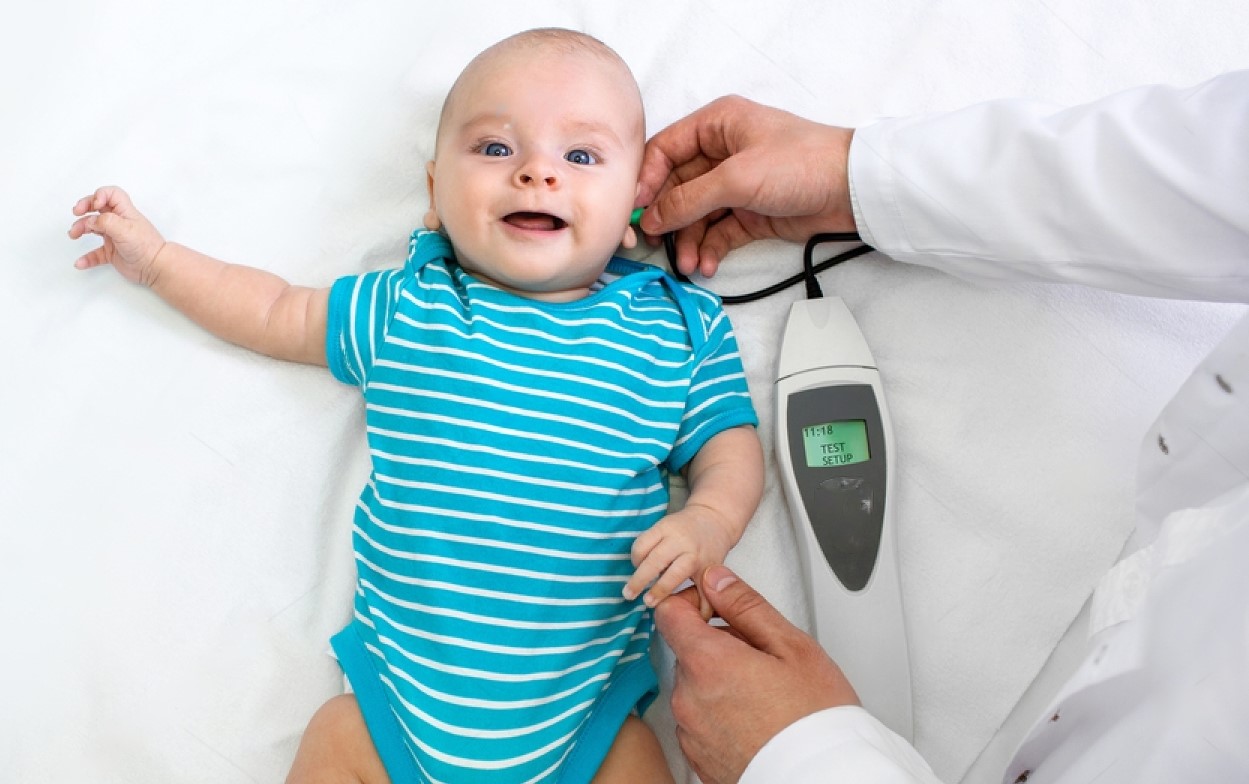OAE (Oto acoustic emission)

The unique window provided by otoacoustic emissions (OAEs) is invaluable in audiology for assessing inner ear health. These emissions, sounds generated by the cochlea in response to stimuli, are an effective and non-invasive method of assessing hearing function in newborns and infants who can't participate in standard hearing tests. OAEs are important because they can detect hearing issues at an early stage, aiding in the prompt identification of hearing loss or auditory system abnormalities. By capturing the cochlea's response to sound stimuli, OAE testing helps clinicians differentiate between types of hearing loss and determine personalised intervention strategies.
This test is done to evaluate the outer hair cell (OHC) functioning in the cochlea. This is one of the basic hearing screening measures for newborn hearing screening. This test can be done easily, is less time-consuming, and is a cost-effective method of hearing screening especially for newborns/children. A small microphone is kept in the ear canal, and a stimulus such as a click sound is generated. Which stimulates the cochlear structures and the reflection of this activity is recorded. This testing is advised to be done in a less noisy environment for accuracy. During the newborn hearing screening, sometimes the result may be affected by the body movement or fluid in the canal of the babies. In such conditions, revaluation of OAE is recommended after a certain time period.
Additionally, OAEs serve as a crucial tool for monitoring hearing health post-treatment, allowing audiologists to track changes and assess the effectiveness of interventions like hearing aids or cochlear implants. They have a role that goes beyond diagnosing. In the end, these emissions are a valuable complement to traditional audiometry, aiding in comprehensive assessments and early intervention, and making a significant impact on auditory health preservation across diverse populations.


